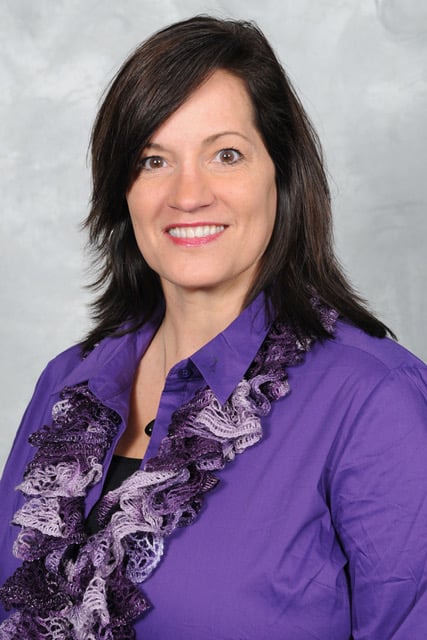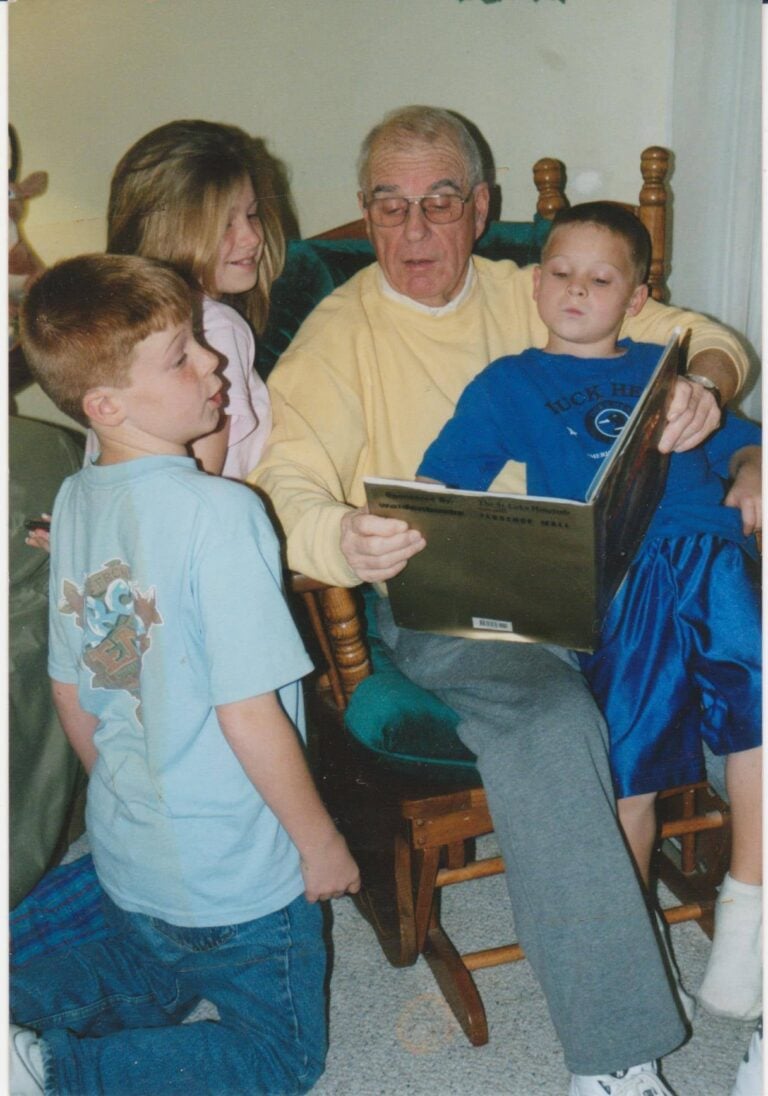When the decision is made to enter into law enforcement as a police officer, the prospective officer will indeed face many facets of the profession.

Certainly, it’s basics first.
The beginning is that of the long tedious and demanding academy. It’s basic training when an officer not only learns the fundamentals of basic performance; it’s the study of the law and the application per the demand of certain situations.
After graduation, the officer returns to his/her community to protect and to serve.
Thus, begins on-the-job training with a veteran for an extended period of time that even includes communications skills when working with the public.
Over my 26 year career which included working as a training officer, I always asked my rookies this question:
“What the best weapon you have?”
Invariably, they would answer:
“That would be my service weapon.”
My reply was always:

“ Wrong. The best weapon you have is your mouth. It can and will get you into and out of more trouble than you will ever know.”
They were also taught that to be a good communicator, you have to be a good listener.
After 15 years of service, I was selected by the Chief of Police to become our department’s first and only Public Information Officer. I was trained by the FBI and among my other regular duties – I then assumed the role of “PIO.”
My performance as a broadcaster without question was a key element of my success. The foremost responsibility was to disseminate pertinent information to the public and to the media.
During this point in my career I was also the departments’ D.A.R.E. (Drug Abuse Resistance Education) and crime prevention officer as well. It was when I became a D.A.R.E Instructor; I was trained to not only teach the lesson plan, but to become a role model and protector as well. This outreach program served to teach the importance for children to perceive all police officers as friends and trusted adults.
In short, kids were to learn all about police officers in a positive manner.
The key to the D.A.R.E. Program was that it was taught on site at public elementary schools from the 4th grade thru the 6th.
I remember well being at Ashland’s Charles Russell elementary school and somehow the D.A.R.E. class found out it was my birthday and presented me with a cake and sang Happy Birthday. This gesture reflected the trust and respect that the program was all about.
Years after I retired, I was in a store browsing and was asked by the clerk if I taught D.A.R.E. years ago? I told her yes I did. She replied that she was a student in my D.A.R.E. class and always loved it so much she looked forward to my visits and classes. The fact that she remembered me years later was impacting proof the program was successful.

In fact, later I was trained to administer a modified class advancing to middle and high school students in the classrooms. Here again, as the program advanced to older students, so did the positive role model persona as well.
Over the coming years, the D.A.R.E program ceased and throughout the country’s public schools a new tool became very prevalent.
These were SRO’s as defined by the United States Department of Justice as: SCHOOL RESOURCE OFFICERS. These officers are sworn with the responsibility for the safety and crime prevention in schools.
They are employed by local police or sheriff’s departments and work very closely with the administrators in an effort to create a safer environment for both the students and the staff.
Certainly, they have the powers and responsibilities as their profession dictates. They make arrests, respond to calls for service and document incidents. SRO’s also serve with additional duties which includes – mentoring and conducting presentations of youth related issues. As with the D.A.R.E. program, SRO’S have a commonality. The officers become a very strong role model that students can not only rely on, but also serve as someone to talk to about any problems or thoughts they may have.
You will also find many first responders such as Police Officers, Firemen and EMT’s involved in community programs such as coaching youth sports and community activities.
Here again, another avenue of opportunity to become a positive role model for the youngsters within the community. They not only gained the respect of the kids, but also from the parents as well.
Here in Florence, the Florence Community Plaza is located on Mall Road and Connector Drive. It’s a location where community activities are held and also the site of two very key statues. These statues coincide with today’s column.
One of which is a statue of a Police Officer and a statue of a young girl who is looking up to the Officer which conveys the trust she has in him as a positive role model.
Another statue is that of another first responder – a Fireman in full gear. These powerful images transmit the deep training and dedication these fine professionals possess every day as they don their uniform and equipment.
Congratulations to the city of Florence for the Community Center and the powerful statues that speak volumes for our community role models.
To our Police Officers, Firemen, Paramedics and all First Responders – WE SALUTE YOU.
Mike Tussey has “retired” from a 60-plus-year career as a legendary play-by-play announcer for over 2000 football, baseball, and basketball games, including most recently for ESPN+. His career also includes a stint in law enforcement, teaching and coaching, and writing books, including the “Touchdown Saints.” He grew up in Eastern Kentucky and now lives in Florence with his wife, Jo. He has opened another “Door of Opportunity” and is now a regular columnist for the NKyTribune.





















You hit on one of the most important, but least recognized assets for a police agency. It’s their probationary period. So many agencies are in such desperate need for officers to answer calls that they’ve cut down, almost eliminated, the probationary time with older officers. That’s when young officers learn how to apply their academy training, but more importantly, how to use good judgment. FTO’s or field training officers,  bring all the pieces together, so you’ve got a truly well trained, professional, and somewhat seasoned officer by the end of their probation. And the longer that probationary period, the better that officer is gonna be and the less likely that agency is to experience officer mistakes that lead to lawsuits or worse. 
Wonderful article today. I knew Mike when he was a Police zOfficer for Ashland, I have never heard anything negative about about Mike. He went above the call of his duties. Everyone in our loved Mike. Great Man!!